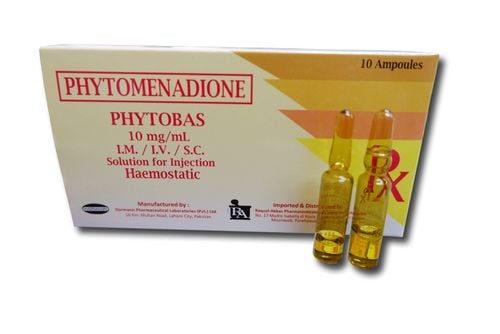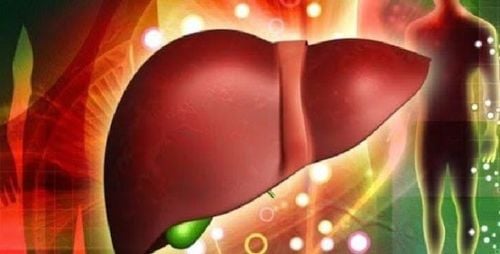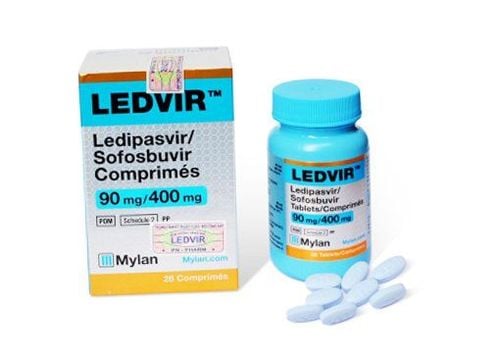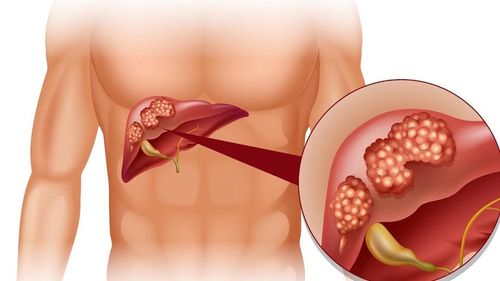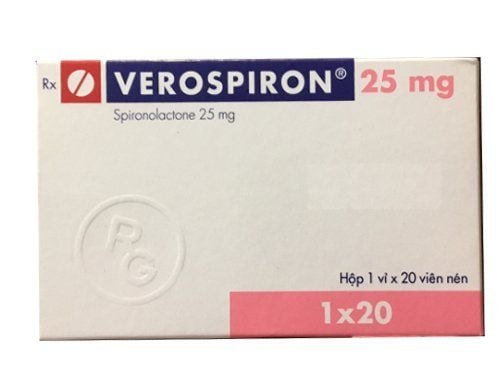This is an automatically translated article.
This article is professionally consulted by - Head of Department of Medical Examination & Internal Medicine - Vinmec Ha Long International General Hospital.Cirrhosis is a condition in which liver cells are damaged continuously for a long time, scar tissue will continuously replace damaged tissue leading to cirrhosis. When scar tissue appears more and more, it will block blood flow through the liver, severely impairing liver function.
1. Stages of cirrhosis
1.1. Stage 1 This stage shows no signs of liver damage. However, the liver has already begun to become inflamed. Because the liver cells are constantly inflamed, the liver tries to reverse this process and form fibrosis. Patients will feel tired and lack of energy at this stage, it is difficult to understand what is wrong with the liver.
Although the liver is damaged, patients often have no noticeable signs because the fibrosis is not much. However, at this stage, with proper treatment, the liver can still recover and return to normal.
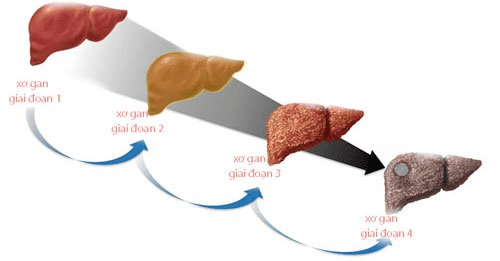
Các giai đoạn của bệnh xơ gan
1.2. Stage 2 At this stage portal pressure is gradually increasing. The fibrous tissue is more present. It is necessary to eliminate the cause of the disease in order to increase the chances of a cure.
1.3 Stage 3 At stage 3, the patient develops ascites. The amount of fluid in the abdomen increases rapidly, signaling that the liver has been greatly fibrosis. At this stage the liver cannot return to normal, a liver transplant is often suggested to cure the disease. During this stage, there are many noticeable signs including: Not eating well. Fast weight loss. Tired. Confused. Yellow, pale skin, rapid breathing. Dermatitis, irreversible itching. Eczema. Blood sugar goes up and down erratically. Swollen feet and ankles. Signs of the end stage.
1.4 Stage 4 Entering this stage, fibrosis has completely occurred on the liver. Complications such as gastrointestinal bleeding, hepatic encephalopathy or portal hypertension. If these signs are not detected, the patient will not be able to undergo a liver transplant. The patient's survival time will be about 12 months. Signs are the same as stage 3 and have a few more symptoms:
Mental fatigue Very drowsy Palm palms Change personality Kidney failure and lead to oliguria High fever Peritonitis. Since there is no cure for stage 4 cirrhosis, it is best to get treatment as early as possible.
Trắc nghiệm: Làm thế nào để bảo vệ lá gan khỏe mạnh?
Làm test trắc nghiệm kiểm tra hiểu biết về gan có thể giúp bạn nhận thức rõ vai trò quan trọng của gan, từ đó có các biện pháp bảo vệ gan để phòng ngừa bệnh tật.2. How to detect cirrhosis early?
2.1 Symptomatic detection: Patients are often asymptomatic in the early stages. But over time when the liver is damaged more seriously, the patient will have symptoms of cirrhosis such as:
Fatigue, dizziness. Not eating well, losing weight. Nausea Patients may experience bleeding or bruising easily, and swelling in the lower abdomen. Sometimes the patient's skin also changes such as: Jaundice. Angioedema. (pulse emerges like a spider's web) Lipstick palms or white fingernails. Patients also have intellectual changes, such as problems with concentration or memory. If a woman has cirrhosis, the patient may no longer have periods. If the patient is a man, there may be a loss of the ability to have sex, starting with breast growth and bleeding.
Some other symptoms patients may experience such as: Vomiting blood. Muscle weakness. Brown urine. Fever. Bone disease, fragile bones. It is important to note that patients with cirrhosis may not have all of the above symptoms, and some of these symptoms may be signs of another disease.
Routine health check is a good method to detect liver problems
2.2 Detecting the cause Liver disease progresses to cirrhosis over a long period of time. Common causes of cirrhosis include:
Drinking a lot of alcohol. Obesity increases the risk of cirrhosis. Chronic hepatitis such as hepatitis B or hepatitis C. 2.3 Tests Because liver disease has progressed to cirrhosis, the treatment will be very difficult and often the prognosis will be very poor. Therefore, instead of asking the question "how to detect cirrhosis early", we should change it to the question "how to detect liver diseases early" which will be much more reasonable.
The best way is to have regular liver and biliary screening at least 2 times a year. The cost of regular check-ups will be much cheaper than the treatment of liver disease. Discovering the cause of liver damage will play an important role in guiding treatment. Your doctor will start by taking a medical history or doing a physical exam. The patient will then be consulted:
Blood test : A blood test can tell the doctor what liver problems the patient is having. Image: Ultrasound, CT scan or magnetic resonance imaging will show whether the liver is damaged or not. Liver biopsy: The doctor will take a sample of tissue from the liver, then bring it to a laboratory and analyze that liver biopsy sample of the patient. This is a routine test and has very high reliability.

Các xét nghiệm sẽ cho kết quả chính xác nhất
3. Treatment of cirrhosis of the liver
Treatment of cirrhosis depends on the extent of the patient's liver damage. The goal of treatment is to slow the progression of cirrhosis in the liver, relieve symptoms, and prevent complications of cirrhosis. Patients can be hospitalized for a long time if the liver damage is severe. Treatment of cirrhosis usually depends on the cause of the disease. If at an early stage of cirrhosis, minimizing damage to the liver is the goal.Treatment of alcoholic cirrhosis: Patients with cirrhosis of the liver caused by drinking too much alcohol should stop drinking alcohol. If stopping drinking is too difficult for the patient, the doctor can advise on a course of alcohol withdrawal. Weight loss: If a patient with cirrhosis is not caused by alcohol but by fatty liver, the condition may improve if the patient loses weight and controls blood sugar. Medicines to treat liver disease: Some drugs can prevent liver cell damage caused by hepatitis B and hepatitis C. Medicines to control symptoms of cirrhosis: Some drugs can slow the progression of the disease. Cirrhosis.

Bệnh viện đa khoa quốc tế Vinmec có dịch vụ tầm soát ung thư gan với chất lượng tiêu chuẩn quốc tế
Cirrhosis often occurs complications. Some common complications:
Elevated body fluids: Low sodium diets and medications can prevent fluid build-up in the body to control edema. Abdominal effusion may be used if the patient is severely edematous. Increased portal pressure. Infection: Antibiotics will be given to the patient with an infection. Risk of developing liver cancer. Hepatic encephalopathy. Treatment of complications in patients with cirrhosis is very complicated and plays a very important role in the treatment as well as in increasing the patient's quality of life. Liver transplant for patients if the disease is too severe. But finding a suitable liver donor is very difficult, not to mention the fact that Vietnamese society is still very reticent in organ donation. It is very dangerous for liver diseases to develop into cirrhosis. dangerous and very difficult for doctors to treat. The best way is early detection and treatment of liver problems before they develop too quickly.
If you need more advice and examination at Vinmec Health System Hospitals nationwide, please book an appointment on the website for service.
Please dial HOTLINE for more information or register for an appointment HERE. Download MyVinmec app to make appointments faster and to manage your bookings easily.




